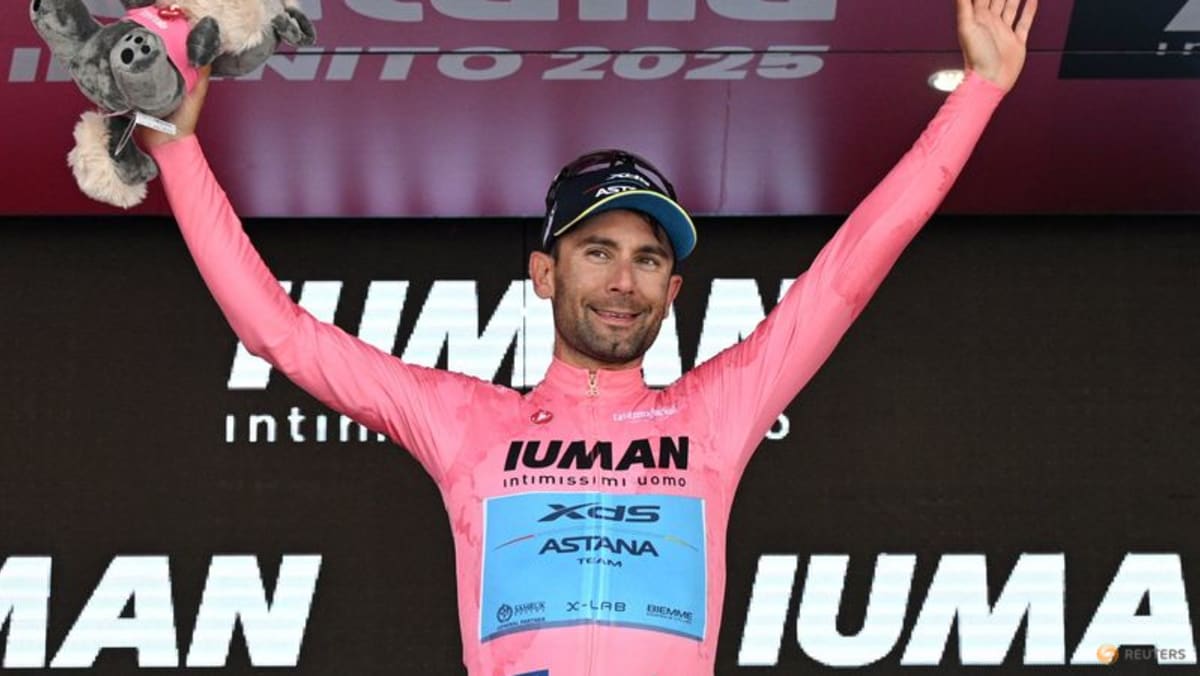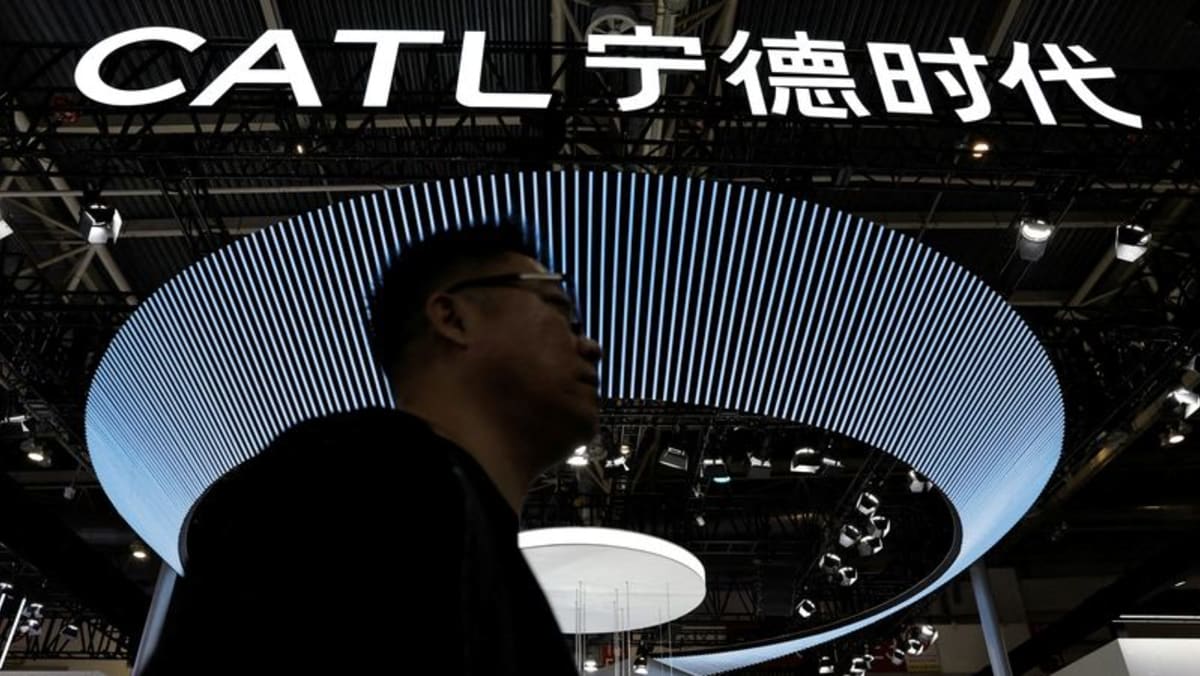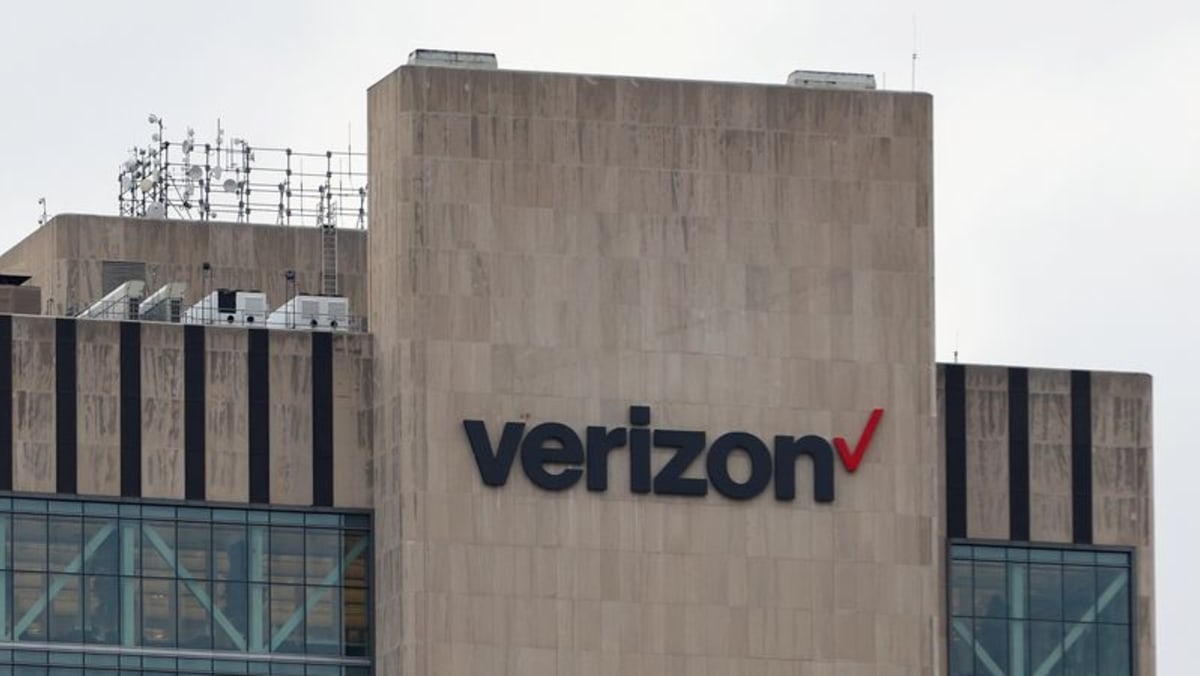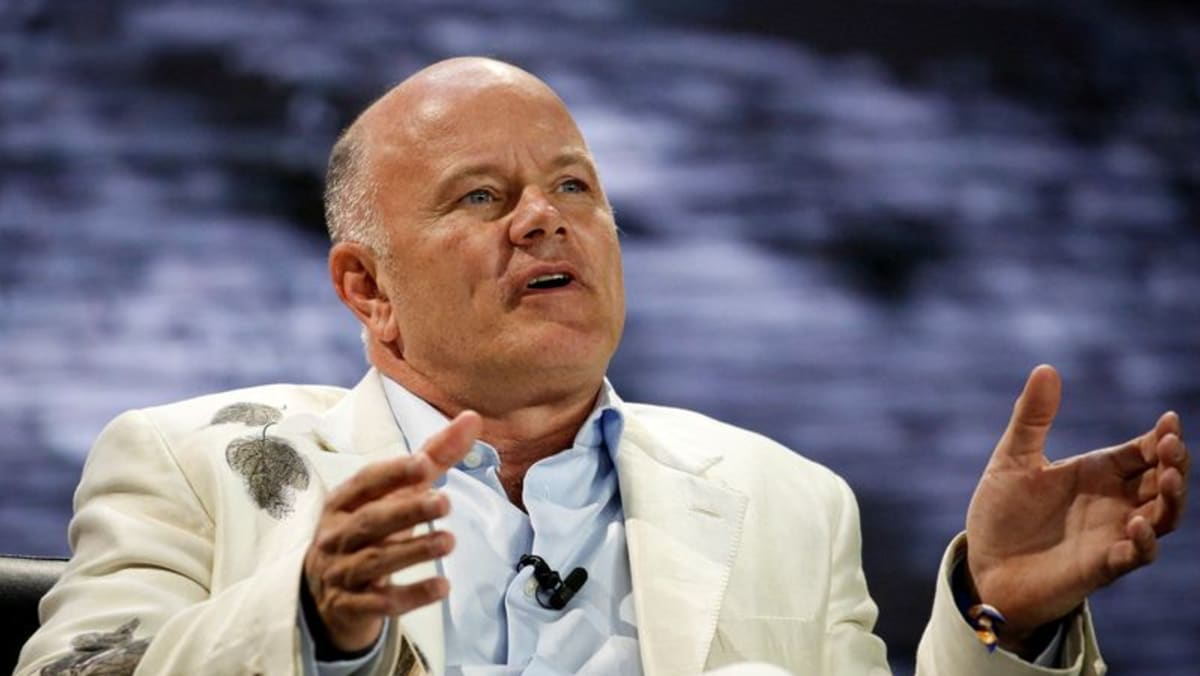TOKYO: Japanese bank shares have become highly popular with investors betting on rising Bank of Japan interest rates as uncertainty over the central bank’s plans make the stocks a safer bet than government bonds and the yen.
Shares of one of the biggest banking groups, Mitsubishi UFJ Financial Group (MUFG), have hit successive record highs this week as investors bet rising interest rates would boost lending margins and profits for a sector that has been dormant during the nation’s three decades of deflation.
A bank share index is near an 18-year high, up 8 per cent so far this year as of Wednesday against the broader Topix index’s 0.8 per cent slide.
Masashi Akutsu, chief Japan equity strategist at Bank of America, said bank shares have become the symbol of Japan’s turnaround from deflation and rising rates.
“We do not know where Japan’s terminal rate will be, but it is likely that interest rates will go higher and bank earnings are strong, so bank shares are an overweight,” Akutsu said.
The Bank of Japan ended its negative rates policy in March last year and has since pushed its short-term rate up to 0.5 per cent as inflation has crept towards its 2 per cent target.
But the BOJ has provided few clues on where it expects rates to peak, and market participants who once thought rates would peak at 1 per cent now suspect the terminal rate could be higher.
Yields on Japanese government bonds (JGBs) have soared, meanwhile, with 10-year yields now around 1.43 per cent, double levels of a year ago, meaning the scope to make money short-selling these bonds is limited.
The yen too is not an easy BOJ trade, driven more by the vagaries of US interest rates and the dollar.
THE CASE FOR BANK SHARES
Bank shares, however, are hot. LSEG Lipper data shows Japanese banking sector funds attracted a net $761 million in the second half of 2024, the largest semi-annual inflow in a decade.
Aided by rising rates, all three of Japan’s “megabanks”, including MUFG and Sumitomo Mitsui Financial Group are on course for record annual income for the fiscal year ending on Mar 31, 2025.
The banks’ sale of their own equity holdings has proven another tailwind. They also pay higher dividends, at a yield of 3.2 per cent, compared with just 2.2 per cent for the overall market.
The banks’ price-to-book ratios (PBR) stand at 0.97 compared with 1.5 for the overall market and 1.22 for global banks, an indication they are undervalued relative to their assets.
“Banks had been cutting costs to survive in the environment without interest rates and they made a significant outcome,” said Hiroyuki Ueno, chief strategist at Sumitomo Mitsui Trust Asset Management.
“Now they have a tailwind that will boost their top line, their valuations could be much higher.”












